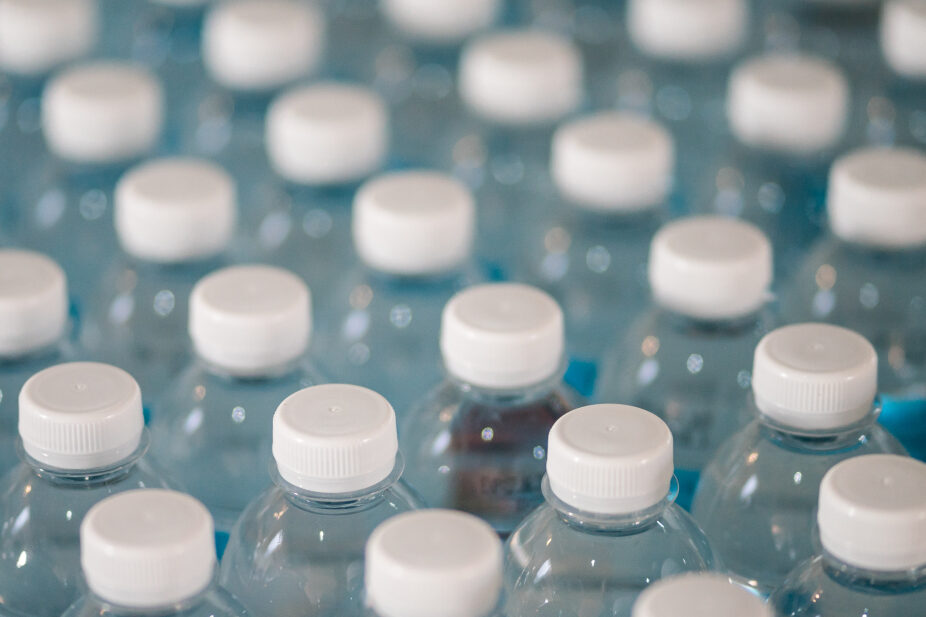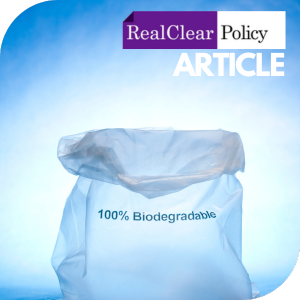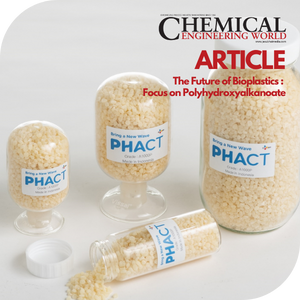But much has changed. Increasingly environmentally conscious consumers understand that plastic waste is one of the most pressing environmental challenges of our time. According to the World Economic Forum, more than 8 million tons of plastic end up in the oceans every year.
The big consumer brands that use plastic are listening, and they are driving change back through their supply chains. It’s become clear there’s no silver-bullet solution to ending plastic waste, so bioplastic companies are working together to provide a range of solutions to manufacturers, whether it’s producing plastics alternatives for injection-molding, making films for flexible packaging, or making biodegradable soda bottle caps. For the first time, they are capable of manufacturing at scale, a necessity for widespread adoption. And global brands, such as Pepsi and Mars, are actively pursuing bioplastics alternatives and working with industry to create new bioplastic solutions.
Just as importantly, bioplastic companies are starting to work together to impact legislation at the federal and state levels. Policy proposals are generally well intentioned and meant to reduce plastic waste, but they could end up preventing the growth and adoption of bioplastic alternatives if not comprehensive in their approach.
At CJ Biomaterials, we have been doing research and development of a bioplastic known as PHA (polyhydroxyalkanoate), a family of compostable biopolymers, since 2010, using a proprietary fermentation technology and our expertise in biotechnology. We launched our first commercial PHA biopolymer in 2022.
Branded as PHACT, our PHA is a compostable biopolymer that can be used as a replacement or a modifier for conventional plastics. PHACT can be processed using existing equipment and methods and can be blended with other bioplastics or additives to enhance its performance and functionality. Products made with PHACT include flexible packaging, food containers, cosmetics cases and 3D printing filament.
We have seen a rapid increase in market demand and manufacturers are asking for more bioplastics. CJ Biomaterials is considering investment in an additional large-scale PHA production plant that can meet the growing global demand for bioplastics and is exploring options in the U.S.
Manufacturers are showing a willingness to pursue industrial refit, adapting their machinery to produce bioplastics in addition to petroleum-based products. To aid this change, CJ Biomaterials recently opened an Application Development Lab in the Boston area.
Though there has been remarkable progress and alignment on the need for bioplastics, there are obstacles in the way of further bioplastics expansion within the policy sphere.
For instance, California is committed to reducing single-use plastics and eliminating plastic waste. The state set out to do this by enacting SB 54, which establishes an Extended Producer Responsibility (EPR) program for packaging that requires all covered materials to ultimately be recyclable or compostable. However, in the most recent draft language for SB 54, CalRecycle may have unwittingly created a scenario where compostable plastics will be unable to comply with the regulatory requirements outlined for compostability. These regulations could potentially disrupt the market and inadvertently discourage the use of compostable materials, undermining the state’s environmental goals. The bioplastics industry, brands and consumers are mobilizing to share their concerns with the regulatory approach being considered for SB 54.
Another policy priority and concern in California, and in other states, is the formulation of EPR programs that don’t adequately protect home composting. In doing so, they are establishing systems where these products may not have a place in the stewardship scheme.
Instead, we urge policymakers and stakeholders to adopt a sensible and supportive policy framework that fosters the growth and innovation of the compostable bioplastic industry, both large-scale and in individual homes. Such a framework should include creating infrastructure and facilities for composting and organic waste management, harmonizing definitions and standards for compostability, biodegradability, and biobased content across different jurisdictions and markets; and establishing clear and accurate labeling and packaging design for compostable products. This will allow consumers and material processors alike to easily identify certified compostable products which will serve to reduce contamination issues in the waste stream, a key to future success for bioplastics.
Bioplastics are here now. Let’s bring supportive policy in step.
Max Senechal is Chief Commercial Officer of CJ Biomaterials.






